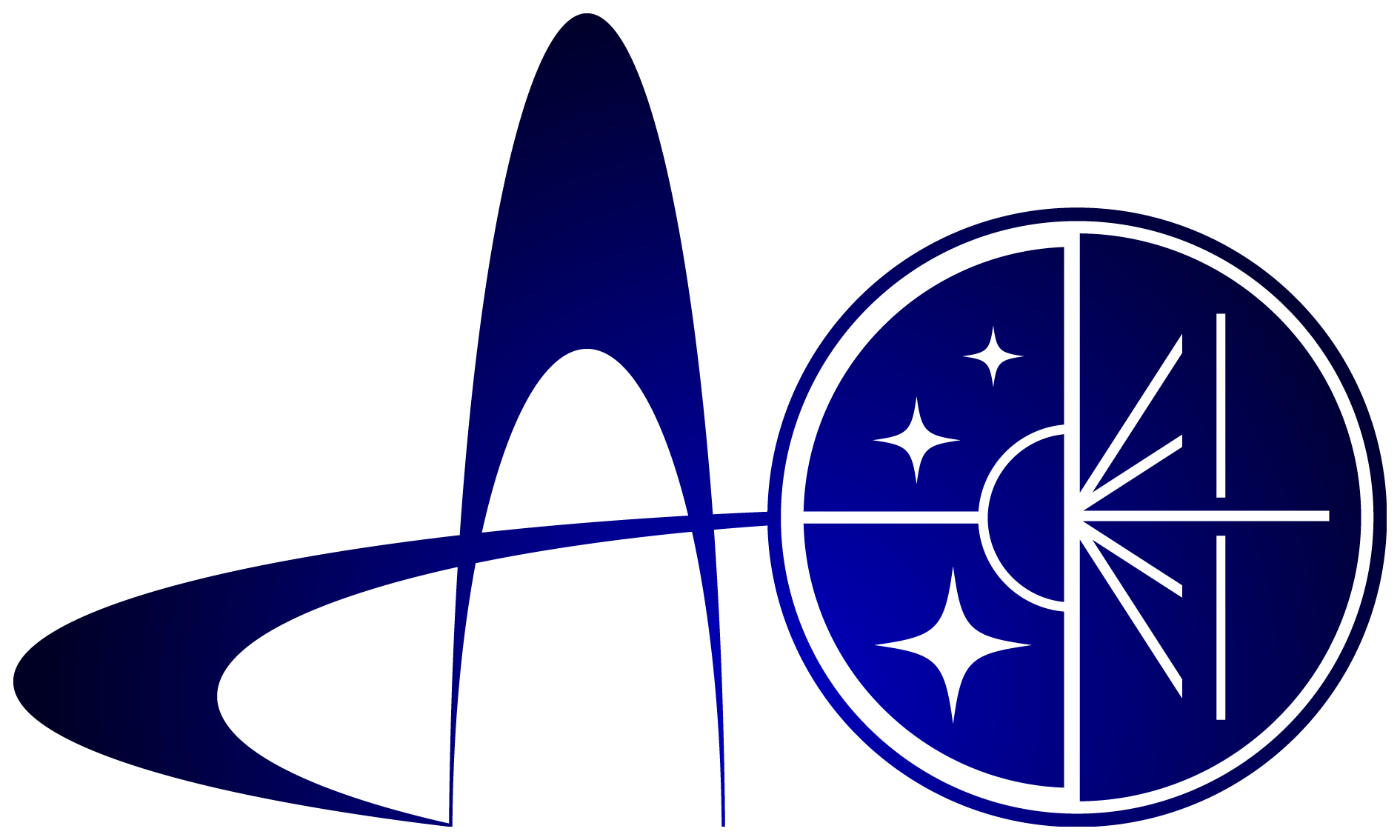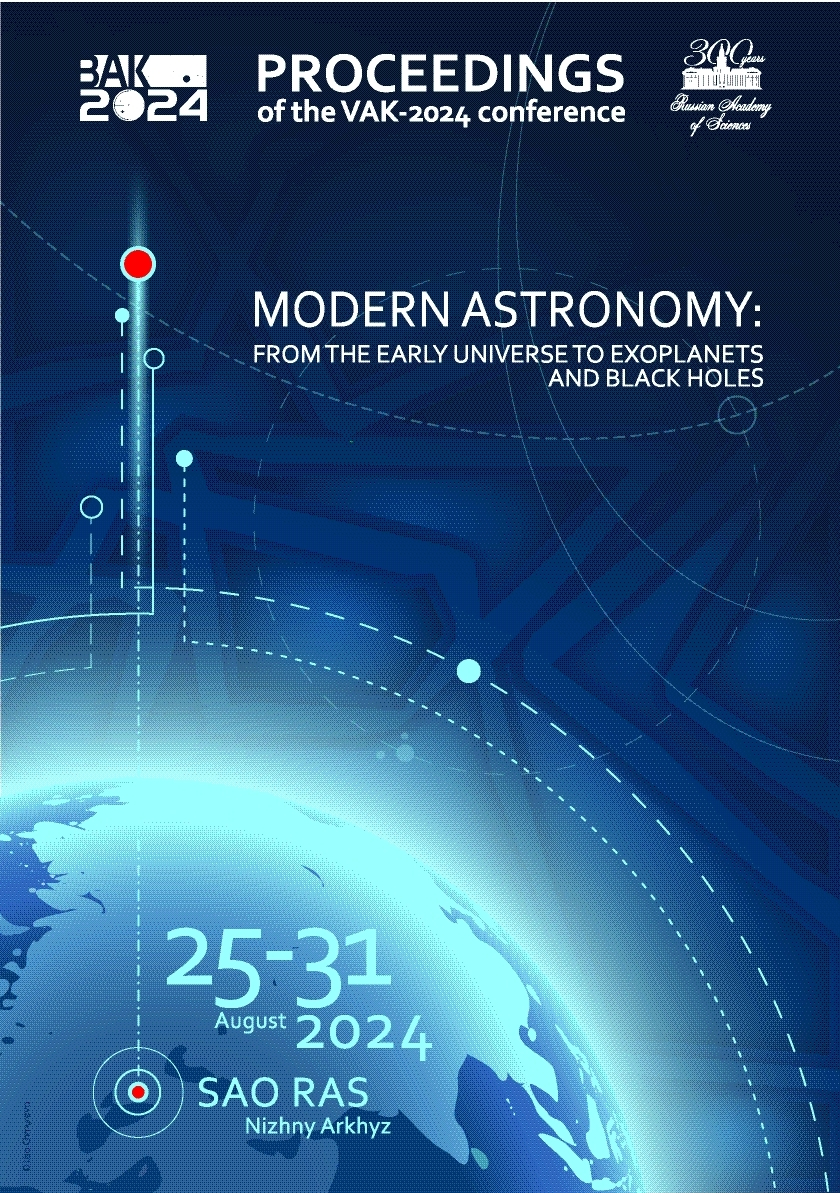Russian Federation
UDC 52
UDC 53
UDC 520
UDC 521
UDC 523
UDC 524
UDC 52-1
UDC 52-6
CSCSTI 41.00
CSCSTI 29.35
CSCSTI 29.31
CSCSTI 29.33
CSCSTI 29.27
CSCSTI 29.05
Russian Classification of Professions by Education 03.06.01
Russian Classification of Professions by Education 03.05.01
Russian Classification of Professions by Education 03.04.03
Russian Library and Bibliographic Classification 2
Russian Library and Bibliographic Classification 223
Russian Trade and Bibliographic Classification 614
Russian Trade and Bibliographic Classification 6135
BISAC SCI004000 Astronomy
BISAC SCI005000 Physics / Astrophysics
The presence of continuous cooling and heating processes is a crucial condition that determines the existence of the solar corona. The defining aspects of the corona include the magnetic field, low plasma density, and high temperature of the corona. In this regard, the study of low-contrast structures in optical ranges is limited even with the use of large specialized telescopes. The radio range provides higher sensitivity, which can be used to detect very weak structures of emerging activity. However, the radio astronomical range also faces challenges in observation, both in terms of spatial resolution and the limitations of dynamic range due to the high temperature of the Sun's corona. Observations show that the use of instruments with a large effective area allows us to overcome the main problem associated with the influence of powerful radiation from the quiet Sun, which amplifies equipment noise. The high sensitivity of the RATAN-600 reflector radio telescope to weak signals in radiation flux was used in the decimeter range for the detection of weak microwave bursts at a level of $10^{-3}$ s.f.u. Research and theoretical developments have shown that microwave bursts are caused by magnetic reconnection, which leads to the generation of accelerated particles that excite plasma waves at the second harmonic of the plasma frequency. Due to significant changes in the concept of radio spectroscopy, work has begun on creating a series of broadband spectral complexes covering several octaves. The results of the first series of observations using the complex in the range of 1-3 GHz for searching for and studying quasi-periodic pulsations in the solar corona are presented here. A by-product of these observations was the detection of narrow-band absorption in the frequency range 1560-1665 MHz, near the well-known OH absorption line (1612-1720 MHz).
Sun: corona, radio radiation
1. Antolin P., 2020, Plasma Physics and Controlled Fusion, 62, 1, id. 014016
2. Bogod V.M., Lebedev M.K., Ovchinnikova N.E., et al., 2023, Cosmic Research, 61, 1, p. 27
3. Ovchinnikova N.E., Bogod V.M., Lebedev M.K., 2024, Solnechno-zemnaya fizika, 10, 3, p. 21
4. Ovchinnikova N.E., Lebedev M.K., Bogod V.M., et al., 2022, Proceedings of Science, 425, id. 007
5. Parker E.N., 1988, Astrophysical Journal, 330, p. 474
6. Ripak A.M., Bogod V.M., Grenkov S.A., et al., 2023, Astrophysical Bulletin, 78, 4, p. 657





